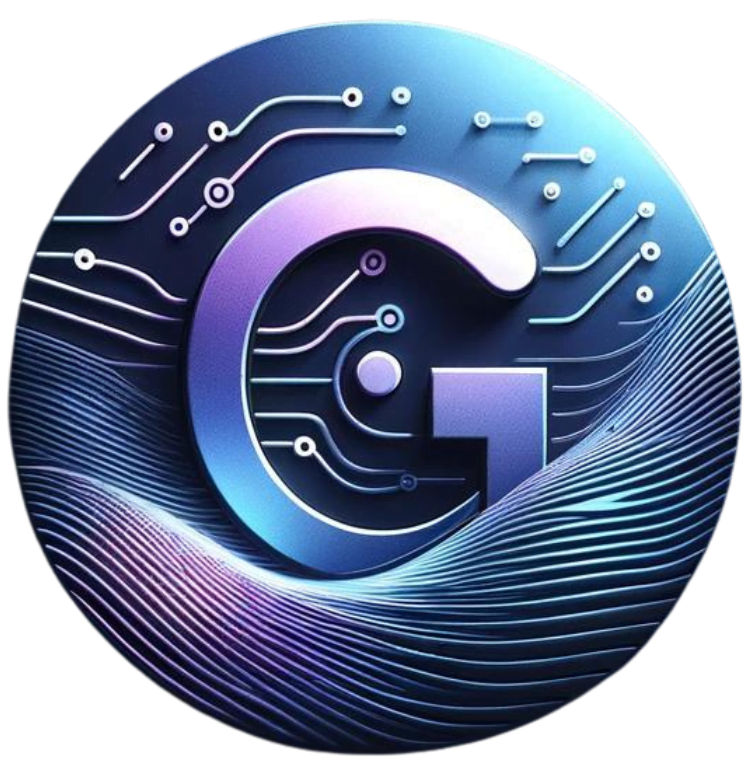CTV + Local TV: The New Broadcast Power for SMBs

Practical Packaging: How to Sell CTV + Local TV Together
Use CTV + Local TV: The New Broadcast Power for SMBs as the framing line in your proposal and build simple, tiered packages.
Package 1: “Broadcast Starter” (Awareness First)
- Local TV:
- 20–40 spots/month in consistent dayparts
- Rotators in local news or key local programming
- CTV:
- Light layer of impressions to reach cord-cutters and streamers
- Goal:
- Make the SMB look present and credible on the big screen while they test CTV.
Package 2: “Broadcast + Precision” (Balanced)
- Local TV:
- 50–75 spots/month in targeted dayparts (news, lifestyle, sports)
- CTV:
- Always-on campaign with geo-targeting and basic audience filters
- Frequency capping to avoid over-saturation
- Goal:
- Build broad awareness and then sharpen it with targeted streaming impressions.
Package 3: “Market-Dominant Screen Presence” (Aggressive)
- Local TV:
- Heavier rotation in premium programming
- Sponsorships (weather, sports, segments) where available
- CTV:
- Higher impression count, plus retargeting viewers who visited the website
- Creative testing (A/B versions for offers or calls-to-action)
- Radio + Digital add-ons:
- Matching audio copy on radio
- Paid search or social aligned with the TV/CTV message
- Goal:
- Let a mid-sized SMB feel like the category leader in your market.
Example Placements and Platforms

When you explain CTV + Local TV: The New Broadcast Power for SMBs, concrete examples help:
- Local TV inventory
- Your station’s local news
- Lifestyle shows, sports, or special features
- CTV via major platforms (examples)
- A streaming buy delivered through a platform like a major network’s self-serve ads manager
- Streaming devices (for example, Roku or similar platforms)
- Local CTV aggregators that bundle multiple apps, channels, and devices in your DMA
Position it this way:
“We’ll put you on traditional local TV where people already trust the content, and we’ll follow those same households onto streaming apps and devices. That’s why CTV + Local TV are the new broadcast power for SMBs.”
You are not selling “tech.” You are selling more chances to be remembered on the most powerful screen in the house.
How Radio and Digital Support Your CTV + Local TV Spine
Even in a CTV-focused article, your 2026 field guide needs the full funnel:
- Radio: Audio frequency and memory
- Reinforces your TV/CTV message with a familiar voice
- Uses neuromarketing principles: repetition, rhythm, and human voice to deepen recall
- Great for “Visit us this weekend” or “Ask for the TV offer” lines
- Digital: Capture the interest TV + CTV create
- Updated landing page repeating the same headline and offer viewers saw on TV/CTV
- Paid search ads keyed to branded and category queries
- Social ads retargeting recent site visitors with the same visuals
The story you tell an SMB:
“CTV + Local TV is the new broadcast power for SMBs. Radio and digital make sure people can find you, remember you, and act on what they saw.”
CTV + Local TV 7-Day Action Plan for Sellers
Use this one-week plan to turn CTV + Local TV: The New Broadcast Power for SMBs into real revenue.
Day 1–2: Build Your Demo Story
- Pull 2–3 simple slides:
- “Here’s where people are watching” (linear + streaming)
- “Here’s why local ad spend hasn’t caught up”
- “Here’s how CTV + Local TV work together”
- Prepare one category-specific example (home services, healthcare, retail, etc.).
Day 3–4: Identify and Prioritize Prospects
- Target SMBs who already believe in visibility:
- Those buying local TV, cable, or heavy digital video
- Those with strong creative assets (good video, strong brand, or even just solid stills)
Day 5: Present the “New Broadcast Power” Story
- Lead with the headline: “Today I want to show you how CTV + Local TV are the new broadcast power for SMBs like yours.”
- Walk through the simple three-layer model: Local TV → CTV → Radio/Digital.
Day 6–7: Follow-Up and Close
- Send a recap email with:
- The exact package name they saw (“Broadcast Starter,” “Broadcast + Precision,” etc.)
- A screen mockup showing their brand on both local TV and a streaming interface
- Ask for a test flight tied to a real event, offer, or season.
Quick FAQs: CTV + Local TV for SMBs
Q1: Is CTV too expensive for a small business?
Not if you package it correctly. Used together, CTV + local TV let SMBs right-size their budgets—linear handles broad reach, CTV adds targeted pressure where it matters most.
Q2: Why not just run social video instead of CTV?
Social video is important, but CTV + Local TV put the client on the biggest screen in the home, in a more premium, lean-back context. That context changes how seriously the message is taken.
Q3: How do we prove CTV + Local TV are working?
Track a mix of leading indicators (reach, completed views, web traffic, search interest) and outcomes (calls, form fills, store visits, booked appointments). Build a simple pre/post snapshot for the client.
Q4: Do we always need radio and digital with CTV + local TV?
Not always—but when you can, they add memory and measurability. Radio increases recall; digital provides the path to action.
Subscribe for marketing and tech tips.

